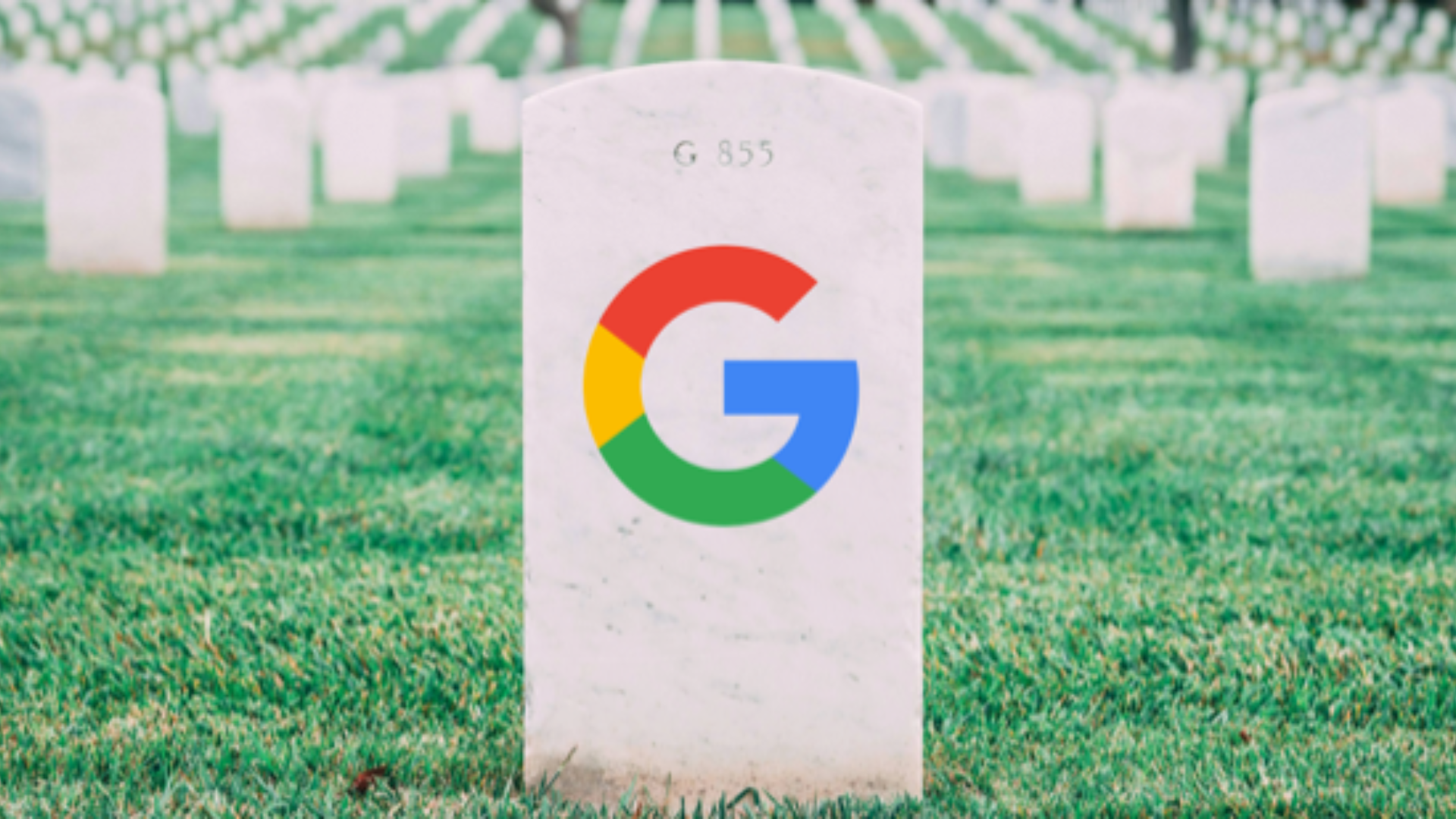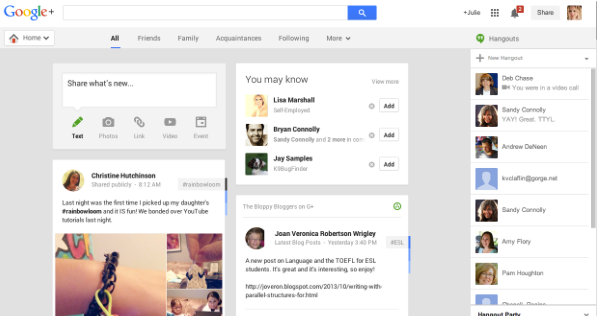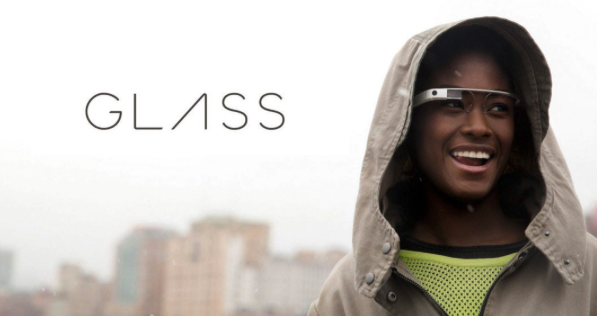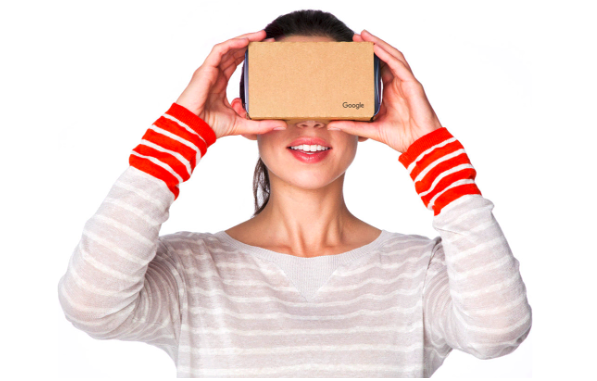Google's Army Of The Dead

Google makes some of the most innovative apps, services, and hardware the world has ever seen. These products have all helped people in different ways over the years. It's a real shame that half of them are now buried in the notorious Google graveyard, filled with close to three hundred rotting ideas Google couldn't keep alive.
Google hasn’t even tried to slow down with their deadly killing spree over the years, which leads their creations to have an early visit to the cemetery. Their latest victim, Google One’s VPN, was only announced dead four days ago at the time of writing. In order to commemorate a few of Google's fallen soldiers—some big, some small—I've put together this article. So come with me as we mourn what could have been.

Google+
Google+ was meant to be a competitor to the social media giants you could find in 2011, like Facebook and Twitter. Unlike them, Google+ was different with its fresh and unique features.
Some of these features included Collections, which was a way to group together content around specific topics. People who followed you could unfollow specific Collections they weren't interested in, to fine-tune their feed.
There were also Circles, which allowed you to group together different people for different purposes. For example, you could have a Circle for family, friends, work, and so on. Many of these features can now be found living on in other social media platforms.
However, at the time, these features were not enough to stop Google+ from turning into a ghost town. It shut down on April 19 2019 due to privacy concerns and issues with user engagement.
Who knows, though? Maybe if it had enough time, Google+ could have risen from the dead….

Google Stadia
“The next generation isn't a box," Google boldly proclaimed on stage in 2019 after revealing what they believed the future of gaming would be. Google Stadia was a cloud-based gaming service where instead of going through the hassle of downloading a game to your console, the game could be streamed to you while Google's servers did the heavy lifting.
On paper, it seemed like an incredible concept with games running at 60fps at 4k resolution. With the ability to stream this wherever you want—such as on your phone, laptop, or TV—it's a shock Stadia didn't take off.
There's just one tiny problem with streaming games: you need a good connection for the games to run optimally. So, if you didn't have that, Stadia was near to unusable, making it really difficult to game on the go or even play at home if you had a poor connection.
This is just one of many flaws Stadia had, along with a lacklustre offering of games, which was the opposite of other cloud-based gaming services at the time, and an absence of advertising. All of these factors left Stadia falling from the cloud to a space in Google's graveyard. In September 2022, Stadia shut down because it "hadn't gained the traction with users.”

Google Glass
Google Glass is what people envisioned the future to be like: a pair of glasses that displayed to us our messages, allowed us to look at our calendar, check the weather, and so much more—all without ever needing to pull out our phone.
Google did this by overlaying info over the real world using a transparent heads-up display, meaning that you could carry out your daily tasks with ease throughout the day. But how did you interact with it?
You would gracefully slide your finger across the side of the glasses or speak to it.
This pair of mind-boggling goggles also featured a 5 MP camera, so you could snap a picture with ease. Google Glass was truly a product ahead of its time when it was released to the public in 2017. So what went wrong then?
Due to the bank-breaking $1,500 price tag it came with (for reference, you could buy three Meta Quest 3’s and still have money left over), for many people, it was out of their budgets. There were also major concerns about privacy, as the glasses had no indicator to when someone was taking a photo, and well, I'm sure you can see how that is bad.
Google Glass met its demise on March 15th, 2023, but I feel like it could return due to the recent rise in smart glasses and VR and AR headsets on the market, many of which have features found on the Google Glass. Only time will tell whether Google decides to give this product a second life.

Google Cardboard
When I say “VR headset,” I’m sure you imagine something along the lines of the Meta Quest or PlayStation VR, maybe even the Apple Vision Pro—not a block of cardboard.
But that’s exactly what Google Cardboard was: an inexpensive way of experiencing the wonders of the virtual world. When I say "inexpensive," I mean it.
By the way, these things were dirt cheap, maybe even cheaper, as they came in at only $15. So what's the catch? Well, there's a hint in the name: the whole thing, apart from the parts that physically couldn't be, was made out of cardboard.
Instead of using a fancy processor and display, it used your phone. Just slide it on in, and you have a semi-decent VR headset. Now, this is usually when I say what went wrong, but Google Cardboard had a long and prosperous life, lasting from 2014 to 2021 before kicking the can. It was even succeeded by its older brother, the Google Daydream, which is a whole different can of worms I’m not going to get into.
Final Thoughts
Sadly, there wasn’t enough time for me to fully pay my respects to the stacks of other things Google has sent off to the slaughterhouse. But if you are interested in some more Google goners, I recommend checking out 'Killed by Google,' which is a comprehensive list of Google’s discontinued products and what’s to come. But for now, I’ll see you at the next funeral.

